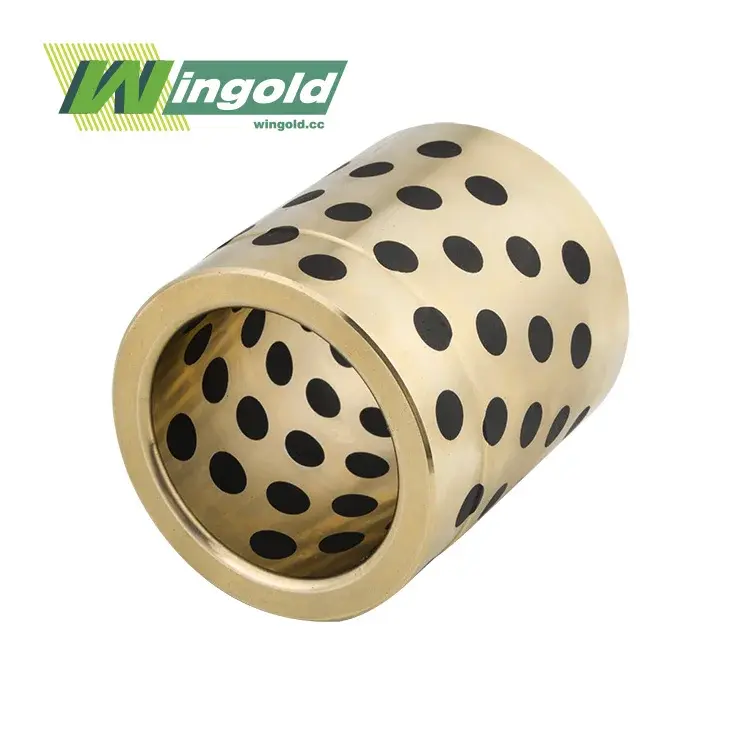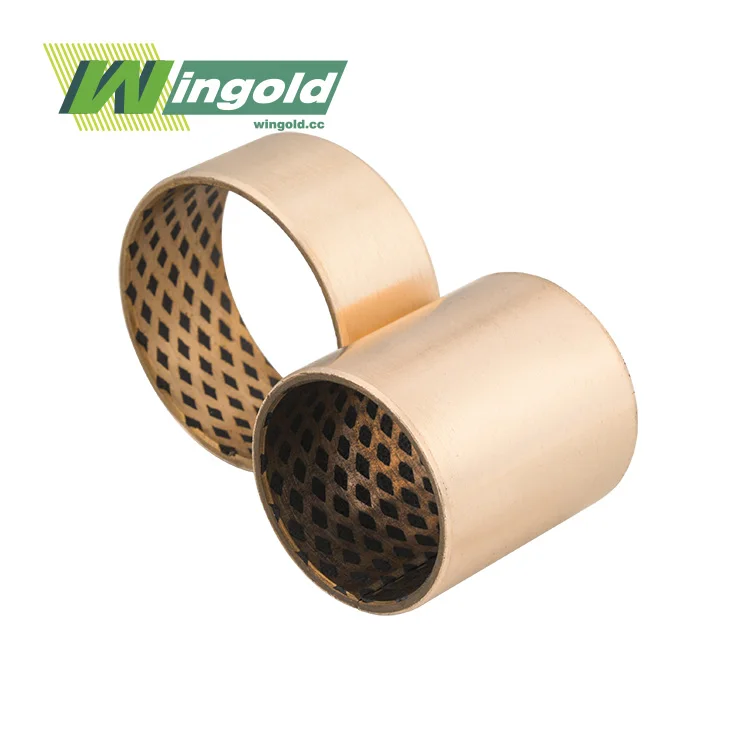Properties of Brass Wear Plates in Aerospace Context
Wear Resistance and Durability
Brass wear plates exhibit exceptional wear resistance, a crucial factor in aerospace applications. The inherent properties of brass alloys, particularly those used in wear plates, contribute to their durability in high-stress environments. These plates can withstand the rigors of continuous operation, maintaining their structural integrity even under demanding conditions.
In aerospace, where component longevity is paramount, brass wear plates offer a reliable solution. Their ability to resist abrasion and maintain dimensional stability over time makes them valuable in certain aircraft parts. For instance, in areas where metal-to-metal contact occurs frequently, such as in some landing gear components or cargo bay mechanisms, brass wear plates can significantly extend the lifespan of the assembly.
Thermal Conductivity and Temperature Resistance
The thermal properties of brass wear plates are particularly relevant in aerospace applications. Brass possesses excellent thermal conductivity, allowing for efficient heat dissipation. This characteristic is crucial in aerospace, where heat management is a constant challenge. By efficiently conducting and distributing heat, brass wear plates help prevent localized hot spots that could compromise the integrity of surrounding components.
Moreover, brass maintains its mechanical properties across a wide temperature range. This temperature stability is vital in aerospace, where components may be subjected to extreme temperature fluctuations. From the frigid temperatures at high altitudes to the heat generated during takeoff and landing, brass wear plates can maintain their performance, ensuring consistent operation throughout the flight envelope.
Corrosion Resistance in Aerospace Environments
Corrosion resistance is another significant advantage of brass wear plates in aerospace applications. The aerospace environment can be particularly harsh, with exposure to various corrosive elements including moisture, salt air, and certain chemicals used in aircraft maintenance. Brass naturally forms a protective patina on its surface, which acts as a barrier against corrosion.
This inherent corrosion resistance makes brass wear plates suitable for use in areas of aircraft that may be exposed to these corrosive elements. For example, in components near the fuselage or in parts of the landing gear system that may come into contact with runway de-icing chemicals, brass wear plates can offer prolonged protection against degradation.
Specific Applications of Brass Wear Plates in Aerospace
Landing Gear Components
One of the most notable applications of brass wear plates in aerospace is within landing gear systems. The landing gear of an aircraft undergoes significant stress during takeoff and landing, requiring components that can withstand high loads and frequent use. Brass wear plates are often utilized in bushings and bearings within the landing gear mechanism.
These wear plates help reduce friction between moving parts, enhancing the smooth operation of the landing gear. The self-lubricating properties of brass are particularly beneficial in this application, as they reduce the need for frequent lubrication, thereby minimizing maintenance requirements. Additionally, the wear resistance of brass helps maintain the precise tolerances required for safe and efficient landing gear operation over numerous cycles.
Hydraulic and Pneumatic Systems
Brass wear plates find extensive use in aircraft hydraulic and pneumatic systems. These systems are critical for controlling various aircraft functions, from flight controls to landing gear deployment. The properties of brass, particularly its resistance to wear and corrosion, make it an excellent choice for components within these systems.
In hydraulic pistons and cylinders, brass wear plates can be used to create low-friction surfaces that withstand the high pressures and constant movement inherent in these systems. The ability of brass to maintain its dimensional stability under pressure and its resistance to hydraulic fluids contribute to the reliability and longevity of these critical systems.
Cargo Bay and Interior Fittings
In the less critical but equally important areas of aircraft interiors and cargo bays, brass wear plates serve various functions. They are often used in sliding mechanisms, such as those found in overhead bins or cargo loading systems. The low friction coefficient of brass ensures smooth operation of these components, enhancing passenger comfort and facilitating efficient cargo handling.
Brass wear plates in these applications also benefit from their durability and resistance to wear. In high-traffic areas or components that see frequent use, such as galley equipment or seat adjustment mechanisms, brass wear plates can significantly extend the service life of these parts, reducing maintenance costs and improving overall aircraft reliability.
Limitations and Considerations for Aerospace Use
Weight Constraints
While brass wear plates offer numerous advantages, their use in aerospace applications is not without limitations. The most significant constraint is weight. Brass, being a relatively dense material, can contribute to increased aircraft weight if used extensively. In aerospace engineering, where every gram counts, the use of brass wear plates must be carefully balanced against weight considerations.
Engineers must conduct thorough analyses to determine where the benefits of brass wear plates outweigh their weight penalty. In many cases, this limits their use to specific, localized applications where their unique properties provide clear advantages over lighter alternatives. For large-scale or widespread use, aerospace designers often opt for lighter materials, such as aluminum alloys or advanced composites, even if it means sacrificing some of the beneficial properties of brass.
Material Compatibility and Galvanic Corrosion
Another crucial consideration in the use of brass wear plates in aerospace is material compatibility. In an aircraft's complex structure, different materials come into contact with each other, and the potential for galvanic corrosion must be carefully managed. Brass, being a copper alloy, can form a galvanic couple with certain other metals, potentially leading to accelerated corrosion.
This issue is particularly relevant when brass wear plates are used in conjunction with aluminum, a common material in aircraft structures. To mitigate this risk, designers must implement appropriate isolation techniques or protective coatings. In some cases, the potential for galvanic corrosion may preclude the use of brass wear plates in certain areas of the aircraft, necessitating alternative materials or design solutions.
Performance at Extreme Altitudes
The behavior of materials at extreme altitudes is a critical factor in aerospace applications. While brass generally performs well across a wide range of conditions, its properties can be affected by the extreme cold and low pressure environment of high-altitude flight. At very high altitudes, where temperatures can plummet to well below freezing, the mechanical properties of brass may be altered.
Engineers must consider these environmental factors when specifying brass wear plates for aerospace use. Extensive testing under simulated high-altitude conditions is necessary to ensure that the material maintains its required properties throughout the operational envelope of the aircraft. In some cases, specially formulated brass alloys or surface treatments may be required to enhance performance in these extreme environments.
Conclusion
Brass wear plates, with their unique combination of properties, have found a niche in aerospace applications. Their exceptional wear resistance, thermal conductivity, and corrosion resistance make them valuable in specific components of aircraft and spacecraft. From critical systems like landing gear to interior fittings, brass wear plates contribute to the reliability and efficiency of aerospace vehicles.
However, their use is not without challenges. Weight considerations, material compatibility issues, and performance at extreme altitudes necessitate careful engineering and selective application. As aerospace technology continues to evolve, the role of brass wear plates may shift, but their unique properties ensure they will remain a valuable material in the aerospace engineer's toolkit. For more information on how Wingold's brass wear plates can be applied in aerospace and other industries, please contact us at info@wingold.cc. Our team of experts is ready to assist you in finding the optimal solution for your specific needs.
FAQs
Are brass wear plates suitable for all aerospace applications?
No, brass wear plates are not suitable for all aerospace applications. They are best used in specific areas where their properties offer clear advantages, such as in certain landing gear components or hydraulic systems.
How do brass wear plates compare to other materials used in aerospace?
Brass wear plates offer excellent wear resistance and self-lubricating properties but are heavier than some alternatives like aluminum or composites. Their use is based on a balance of properties and weight considerations.
Can brass wear plates withstand the extreme temperatures in aerospace applications?
Brass wear plates can withstand a wide range of temperatures, but their performance at extreme high altitudes may require special consideration and testing.




